Which
In today's world of ubiquitous electronic screens, more and more children are wearing glasses before school age. Studies show that ensuring children and adolescents have at least two hours of outdoor activity daily and improving their visual environment during learning and daily life can prevent myopia. Furthermore, nutrition is a crucial foundation for vision health; adequate nutrition can improve conditions like amblyopia and mixed myopia, and even avoid the need for surgery.
The period from 0 to 3 years old is critical for visual development. The period before age 12 is a sensitive period for visual development. This stage is both a high-risk period for myopia and amblyopia and the best time to control myopia progression and prevent amblyopia. Insufficient nutrition during this stage can easily lead to myopia or amblyopia. Therefore, protecting children's visual health can start with ensuring adequate nutrition during this critical period, building a strong defense for their eye development.
content
I. The Nutritional Code for Protecting Eyesight
1.1. Protein
1.2. Vitamin A
1.3. Vitamins C and E
1.4. B Vitamins
1.5. Calcium
1.6. Trace Elements
II. Key Nutrients and Dietary Principles
2.1. Lutein
2.2. DHA
III. Summary

I. The "Nutritional Code" for Protecting Vision
As one of the most intricate organs in the human body, the development and health of the eyes depend on the synergistic effects of various nutrients. From proteins to trace elements, each nutrient is a cornerstone for maintaining visual function. Below is a list of core nutrients for protecting eye health and a guide to their scientific intake.
1.1. Protein
The "building material" for vision development. Protein is the fundamental substance for vision development and a major component of cells. Tissue repair, renewal, and normal function all require protein. Long-term protein deficiency can lead to eye function degeneration, decreased vision, and increased susceptibility to various eye diseases. Therefore, parents should help their children consume adequate amounts of high-quality protein such as lean meat, poultry, fish, shrimp, dairy products, eggs, and soybeans. At the same time, a monotonous diet should be avoided, as excessive intake of animal protein can affect mineral absorption and utilization, thus impacting eye health.

1.2. Vitamin A
The "guardian" of night vision. Vitamin A is an essential nutrient for the normal growth of the cornea, conjunctiva, and visual cells. Insufficient vitamin A intake slows down the resynthesis of rhodopsin, prolonging dark adaptation time and potentially causing night blindness. A persistent deficiency or insufficiency of vitamin A in the diet can lead to dry eye syndrome, which can further develop into keratomalacia and corneal ulcers, even causing blindness. Major sources of vitamin A include animal liver, carrots, and dark green vegetables.

1.3. Vitamins C and E
"Antioxidant Guardians" for Eye Tissues. Vitamins C and E are important antioxidant nutrients in the human body, resisting damage to eye tissues from oxygen free radicals and helping to prevent cataracts, age-related macular degeneration, etc. Their main sources are citrus fruits, nuts, and leafy green vegetables.
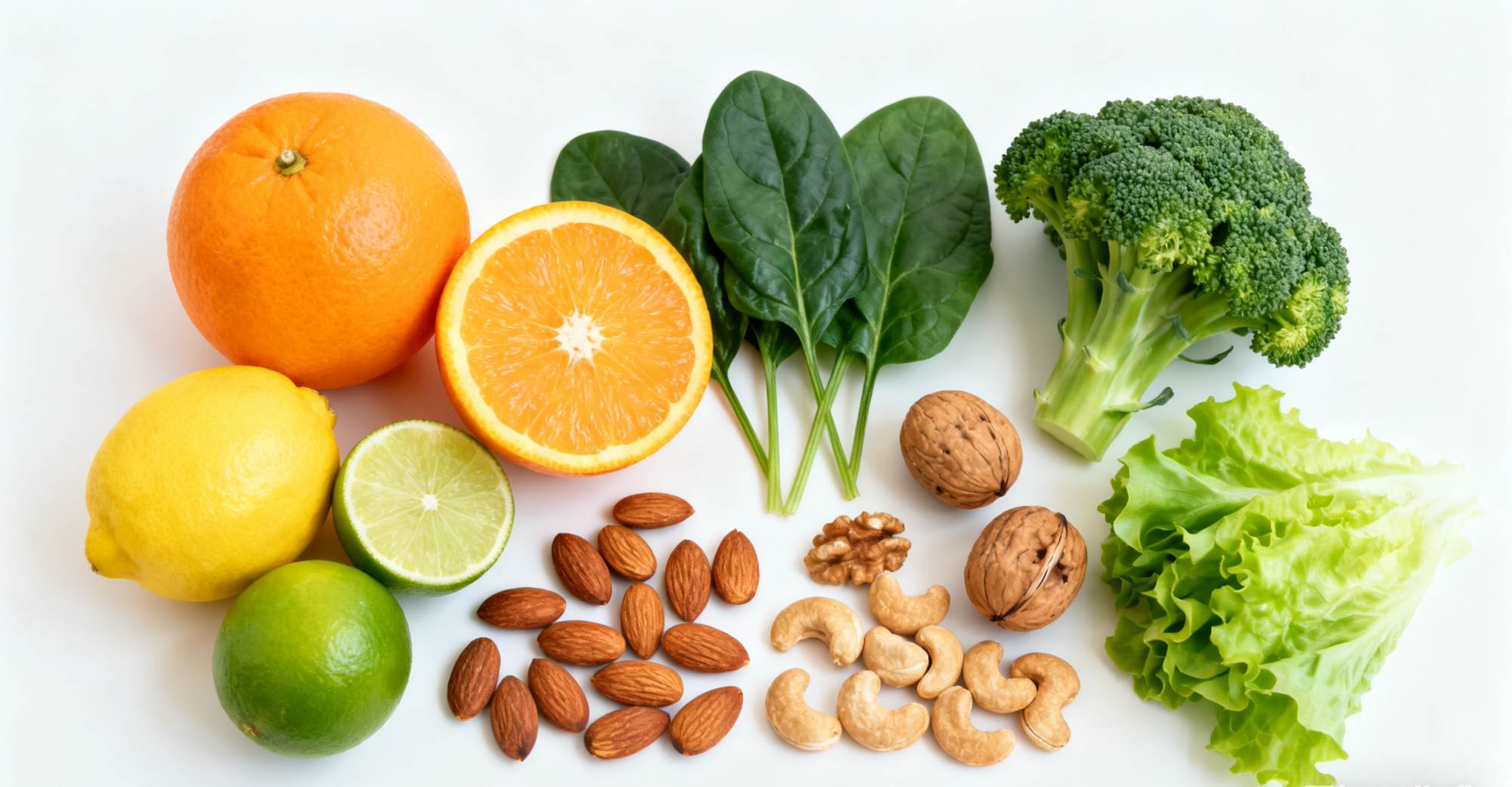
1.4. B Vitamins
"Energy Boosters" for the Optic Nerve. B vitamins help the retina and cornea metabolize substances and are also important nutrients for the optic nerve. Their main sources are whole grains, meat, and dairy products.
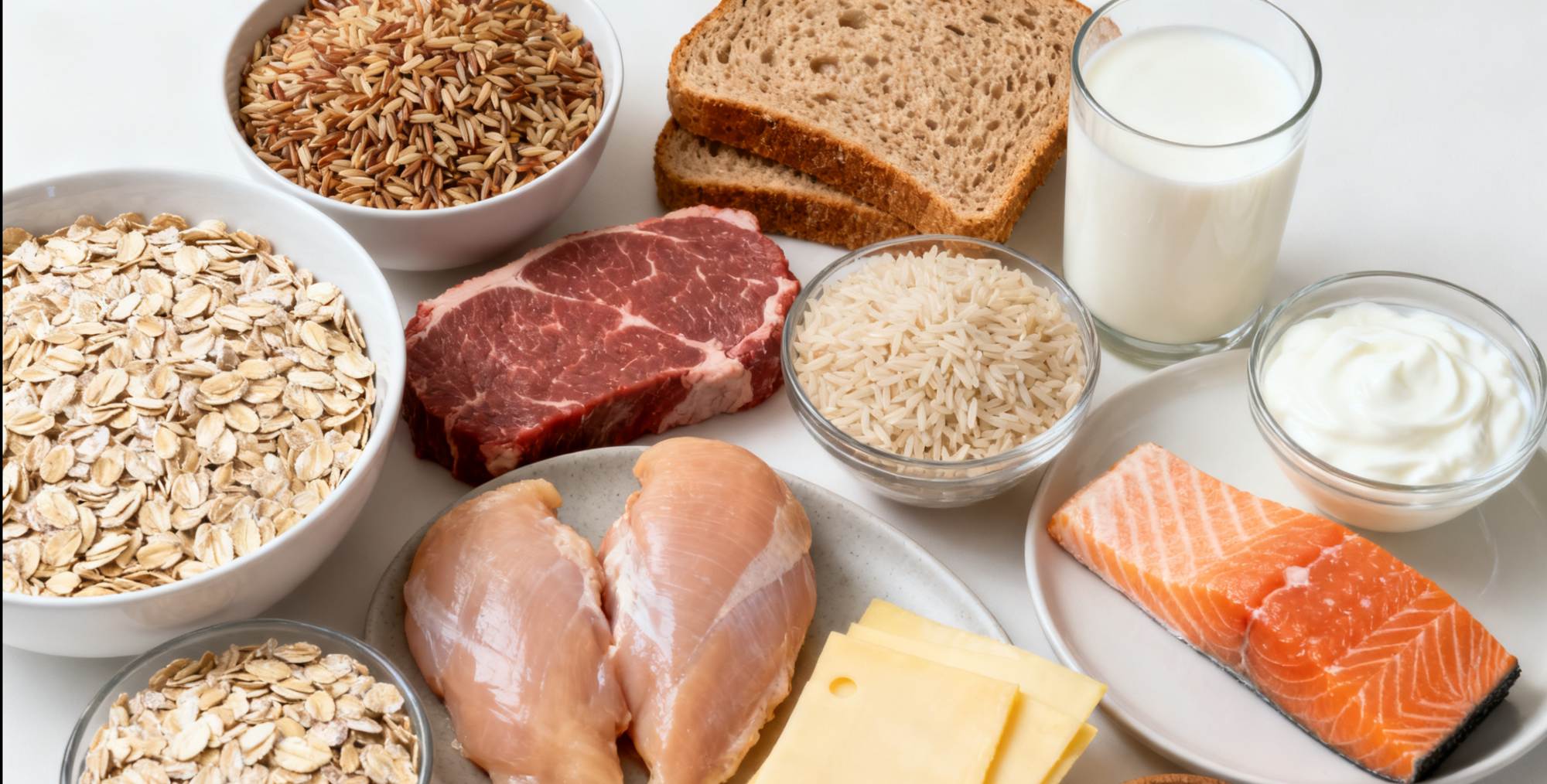
1.5. Calcium
"Sturdy Agent" for the Eyeball Wall. Studies show that calcium helps maintain the rigidity of the eyeball wall. Calcium deficiency can alter the toughness and shape of the eyeball, causing the eyeball wall to lose elasticity and affecting intraocular pressure, easily leading to myopia. The main dietary sources of calcium are dairy products, legumes, and leafy green vegetables.
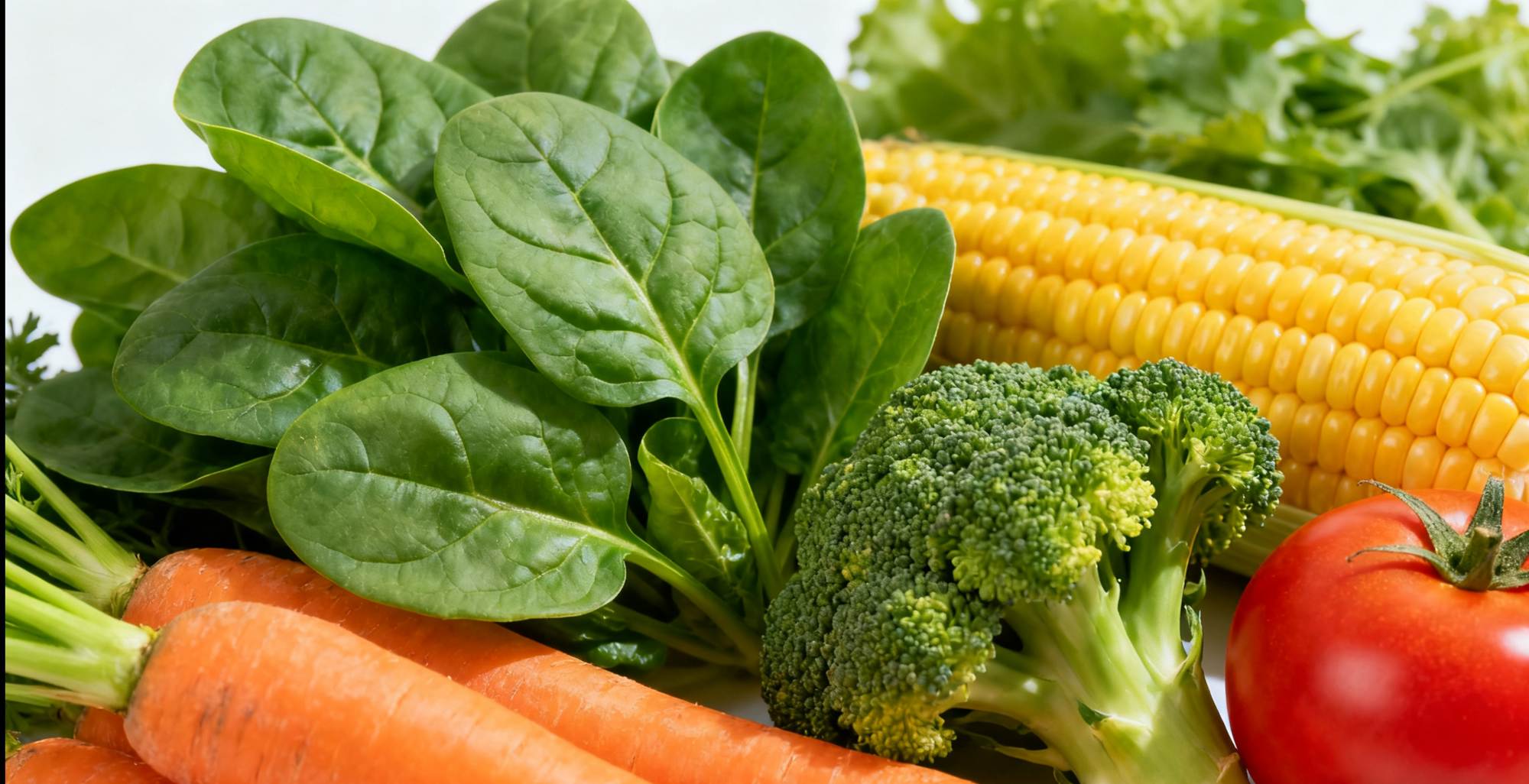
1.6. Trace Elements
"Fine-tuners" for Vision Development. Chromium is one of the essential trace elements for human metabolism. A deficiency in chromium can disrupt glucose and lipid metabolism, impair insulin's ability to regulate blood sugar, and lead to increased plasma osmotic pressure, thereby increasing the refractive power of the lens and causing myopia. Manganese and selenium maintain the normal shape and function of eye tissues and can affect visual sensitivity; deficiencies can lead to myopia. Zinc indirectly affects vitamin A metabolism and helps maintain the normal tissue morphology of the retinal pigment epithelium. Zinc deficiency during the embryonic period can cause optic nerve degeneration in the fetus, resulting in congenital vision impairment. The main sources of these trace elements are seafood, nuts, and animal liver.
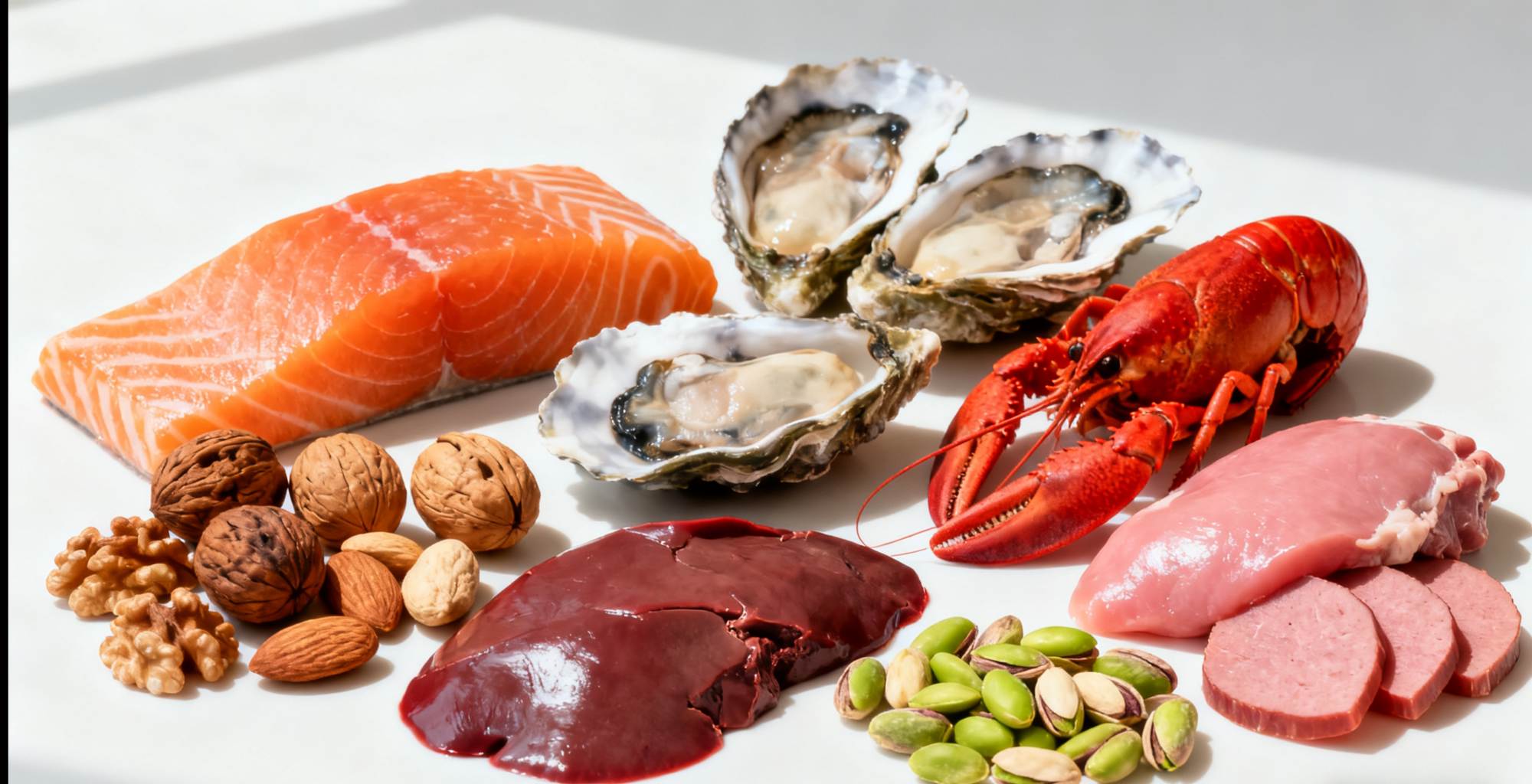
II. Key Nutrients and Dietary Recommendations
2.1. Lutein
Lutein is the only carotenoid found in the eye and has a light-filtering effect. It acts like a filter, filtering blue light from electronic screens and strong light, reducing light damage to the fundus, while also clearing free radicals in the eye and delaying the aging of eye tissues. Foods rich in lutein include spinach, broccoli, lettuce leaves, corn, green beans, carrots, and tomatoes.
2.2. DHA
DHA, an important member of the omega-3 polyunsaturated fatty acid family, is a key component of the retina. It enhances visual sensitivity, improves night vision, and slows down vision decline. While the human body can synthesize DHA from linolenic acid, obtaining it directly from deep-sea fish such as tuna and salmon is more efficient.
Many nearsighted individuals have picky eating habits and a fondness for snacks. The high proportion of refined rice and flour and fast food in modern diets easily leads to nutritional imbalances. These highly processed foods lack key nutrients needed for the eyes, like building a house without sturdy bricks, making eye tissues fragile, causing the sclera to easily expand, and elongating the anteroposterior axis of the eyeball, thus inducing nearsightedness.
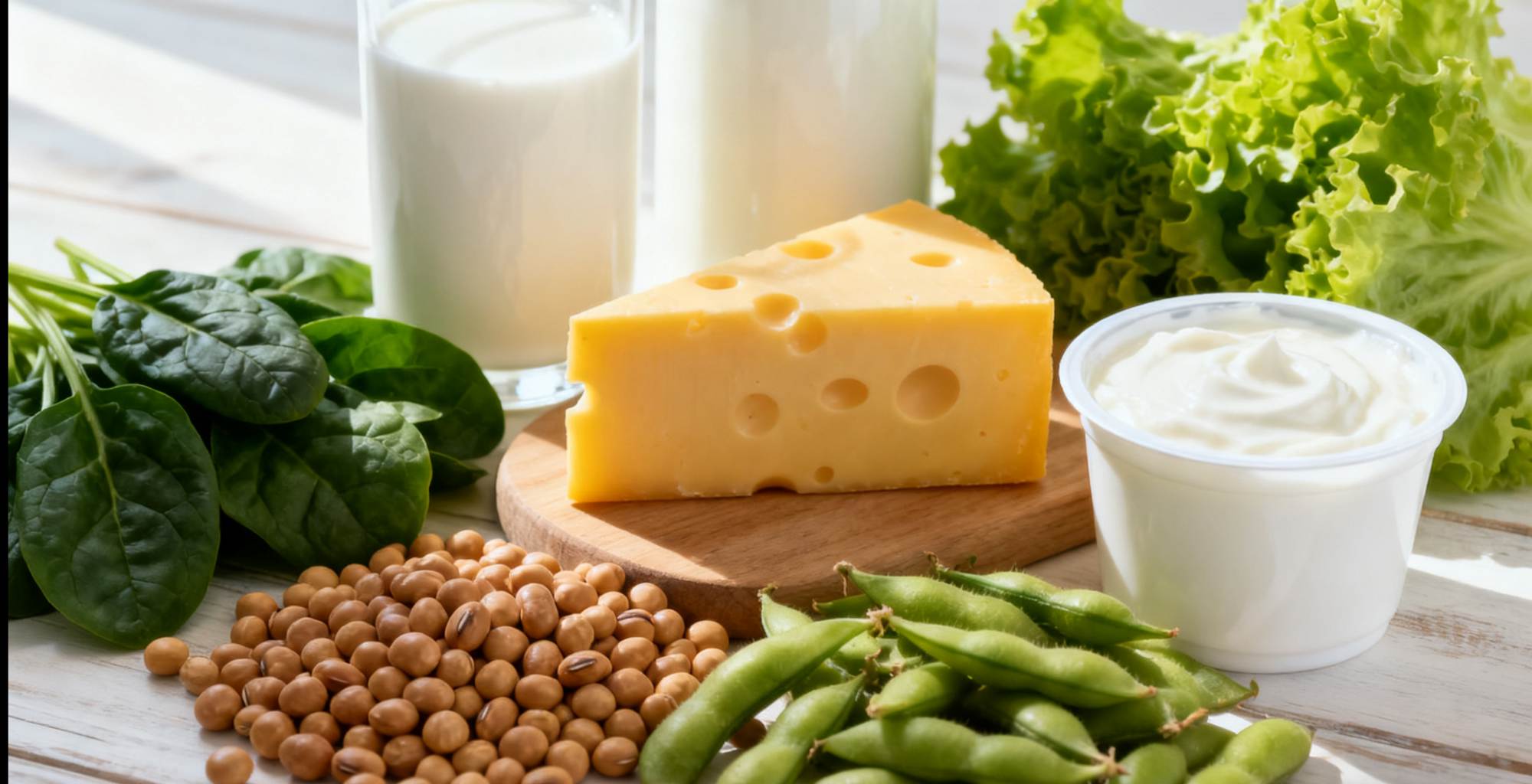
III. Summary
Scientific eye care requires attention to dietary details. Foods beneficial for eyesight include carrots and goji berries rich in lutein, blueberries rich in anthocyanins, pork liver and lamb liver rich in vitamin A, and deep-sea fish rich in DHA.
It's important to note that eye development depends on nutrition from the fetal stage onwards. Pregnant women should maintain a balanced diet, ensuring adequate intake of protein, vitamins, and trace elements, and appropriately supplementing with lutein, beta-carotene, and DHA.
Simultaneously, it's crucial to help children develop healthy eating habits, such as a balanced diet, avoiding picky eating, and consuming plenty of whole grains like brown rice and oats, as well as fresh vegetables and fruits. Maintaining sufficient nutrition is essential for building a solid foundation for healthy vision, allowing children to clearly see every glimmer of light in the world.














